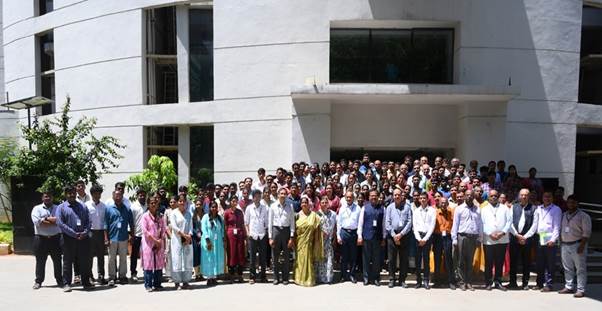Siberian Federal University Researchers Explore Wood Processing Waste as Sustainable Fuel Alternative
The scientists of Siberian Federal University studied the waste of wood processing plants: sawdust, fir needles, larch bark and birch bark, as well as hydrolytic lignin and dry waste of drainage waters, or silt. On comparing these types of non-conventional fuels with two types of coal, the researchers stated the high potential of such waste for combustion and heating.
However, in order to replace coal with carbon-neutral solid fuels, increasing their heat of combustion is necessary, which is going to be the next step of scientists’ work.
”We studied the ignition and combustion of various biomass waste products, two types of coal with different degrees of carbonization, with particle sizes ranging from 100 to 200 microns, on an experimental setup under conditions of convective heat transfer in a heated airflow at a speed of 5 meters per second, at temperatures ranging from 500 to 800 degrees Celsius.. The ignition delay was detected: the lower its value, the faster the fuel particle ignites, and it has higher reactionary properties than fuel particles with a higher ignition delay value,” said Andrey Zhuikov, head of the laboratory of the Department of Heat Engineering and Fluid and Gas Dynamics, Polytechnic School, SibFU.
It turned out that cedar needles have the lowest ignition delay value compared to coals. At 500 °C, the ignition delay value of cedar needles is two times lower than that of brown coal, and four times lower at 800 °C; for stone-coal, it is five times lower at 600 °C, and nine times lower at 800 °C.
Hydrolytic lignin had the second lowest value of all the studied fuels. It is believed to make a promising additional fuel to coal. Hydrolytic lignin is a waste product of the hydrolysis industry.
The dry waste of drainage waters, which is regular waste from urban sewage facilities, was also studied. In many cities, there are large landfills where silt is stored, and where this waste has been piling up for decades without being used. The ignition delay value of dry waste of drainage waters is as close as possible to birch sawdust, which indicates the high potential of this type of industrial waste for incineration. However, for using this waste in power sector, increasing its heat of combustion is necessary, as well as reducing ash-content, which makes up to 60%.
“Scientific interest in fundamental research of heat engineering along with physical and chemical properties of biomass, or waste from various industries, is present not only among research teams of academic and scientific institutions in the Russian Federation, but worldwide as well. The conducted fundamental research is relevant for the heat and power industry, since reserves of the studied biomass waste are available in many cities of Russia and abroad. The use of biomass in the thermal power industry has the potential to positively impact the reduction of coal consumption. This can lead to a decrease in the amount of harmful combustion gases and CO2 emissions, as well as the recycling of industrial waste. In the future, we intend to explore the thermal treatment of biomass waste in order to produce solid fuels with enhanced thermal and environmental performance,” said Andrey Zhuikov.

